While we might see words like "Ylang Ylang" or "Volumizing" on shampoo bottles, very few of us read the tiny print listing all of the other ingredients. Do we even know what exactly is responsible for that boost in volume? We should, because many of the ingredients that make it into traditional shampoo can actually damage hair. Worse, some of them are even associated with whole body health complications, like endocrine disruption, severe allergies, or cancer. Here are 14 chemicals to keep an eye out for next time you wash, rinse, and repeat:
1. Sodium Lauryl Sulfate (SLS)
SLS has become the poster child for ingredients to avoid in shampoo. While the emulsifying ingredient does help to create the foam we’ve come to associate with a proper lather (even though clean hair doesn’t require it!), it’s also considered to be toxic. It’s been linked to skin irritation, endocrine disruption, organ toxicity, neurotoxicity, and cancer.
Additionally, if it makes its way into waterways or the environment, it can be toxic to aquatic life.
2. Sodium Laureth Sulfate (SLES) or Ammonium Lauryl Sulfate (ALS)
The other common types of sulfates, ALS and SLES, work like SLS to create a lathering foam while working as a surfactant (i.e. the cleaning agent that removes sebum, dirt, and grime). However, these also are associated with potential allergies, the possible release of highly-toxic 1,4-dioxane, respiratory damage, and cancer.
For safer sulfates, look for: Sodium Lauryl Sulfoacetate (SLSA), Sodium Cocoyl Glycinate/Glutamate, or Lauryl/Decyl Glucoside, or shampoos that are free of SLS and SLES, like Jack Henry Cleanse+.

3. Polyethylene Glycols (PEG)
Often sourced from petroleum and used as a thickening agent, polyethylene glycols are known to strip hair of their essential moisture, which can lead to breakage. Not only that, but PEG is also associated with developmental toxicity and various types of cancer.
4. Parabens
Like sulfates, many people are familiar with the problematic nature of parabens. While parabens are used as a preservative and to keep mold at bay, they’re also known to be hormone disruptors and skin irritators, and can even lead to reproductive complications or neurotoxicity.
The good news is that it’s easy to spot parabens as the name often ends with “paraben” (like methylparaben, butylparaben, etc.). Alternatively, you could look for shampoos that are explicitly made without the chemical, like HiBAR shampoo and conditioner bars.

5. Formaldehyde
Formaldehyde is one of the scariest ingredients out there—and it’s found in everything from scented candles to the off-gassed chemicals from furniture. In shampoo, it can either be used directly as a preservative, or released over time from other preservatives (what’s known as a formaldehyde-releasing preservative, or FRP).
Unfortunately, it’s a known human carcinogen, and one that can be absorbed through skin. Even worse, you’ll rarely see “formaldehyde” on the ingredient list and will often have to look for one of its other names (quaternium-15, DMDM hydantoin, diazolidinyl urea, etc.).
6. Monoethanolamine (MEA), Diethanolamine (DEA), and Triethanolamine (TEA)
Working as emulsifiers and foaming agents, like sulfates, MEA, DEA, and TEA help to blend water-soluble and oil-soluble ingredients. Unfortunately, these ethanolamine compounds have also been associated with organ system toxicity, hormone disruption, and cancer, especially when used regularly.
7. Alcohol
Having a drying effect on hair, alcohol—although common in shampoo—isn’t the best choice, especially if it’s higher up on the ingredient list (meaning that there’s more of it in the shampoo) or if it has a “prop” in its name, like propanol or isopropyl alcohol.
Because it does help to dissolve other ingredients so that they can penetrate and support luscious locks, it’s best to look for moisture-retaining alcohols like stearyl or cetearyl alcohol, like what’s found in Seed Phytonutrients shampoo and conditioner.

8. Synthetic Colors
Like most of the other products that we bring into our homes, the majority of shampoos and conditioners are dyed to “look” like the scent they’re supposed to match (i.e. blue for ocean breeze) or to cover up the natural color from all the ingredients. Unfortunately, these synthetic colors come from petroleum and are often linked to diseases or cancer. Most are even illegal in different countries!
Look out for D&C or FD&C with some numbers attached to it. Colors from natural, plant based sources are better.
9. Synthetic Fragrances
When it comes to toxins in shampoo, the word “fragrance” or “parfum” is one to keep an eye out for. These aren’t regulated and can be made up of thousands of different chemicals—many of which are associated with reproductive health complications, asthma, skin irritations, hair loss, and cancer.
Essential oils are a far better source of fragrance, and what’s used in Plaine Products refillable shampoo and conditioner.

10. Retinyl Palmitate
As a retinoid, retinyl palmitate does provide a skin-important vitamin. Unfortunately, when it comes in contact with skin, retinyl palmitate gets converted into retinol, which is a skin irritant that may lead to redness, itching, and peeling. In addition, the ingredient has been linked to organ toxicity, reproductive issues, and cancer.
11. Triclosan
Even though it was banned from being incorporated into antibacterial soaps in 2016, the toxic ingredient is still found in many other household products, like deodorant, toothpaste, and shampoo. While the antibacterial agent works to ward off bacteria, it is also a hormone disruptor that may contribute to infertility, learning disability, impaired muscle function, organ toxicity, and antibiotic resistance—to name just a few.
12. Dimethicone
Dimethicone is a type of silicone, so essentially a plastic. While this may give off the appearance of shiny hair, it’s really just making it greasy and weighing it down. Worse, it can clog pores and prevent essential nutrients from being absorbed, leading to scalp irritation and hair loss.
Shampoos that clearly state that they’re free of silicones are best, like Habitat shampoo and conditioner bars.

13. Phthalates
Phthalates, or plasticizers, are used in many products to make substances softer and help scents last longer. They can be used directly as a gelling agent in shampoo, or they may be incorporated into the fragrance itself. They’ve also been linked to diseases, hormone disruption, developmental complications, and immune system harm. A 2021 study even found that daily exposure may be responsible for the premature deaths of 100,000 Americans annually.
As it’s sometimes difficult to look for shampoo chemicals in the ingredient list, it’s best to look for shampoos that are explicitly phthalate-free.
14. Cocamidopropyl Betaine
Cocamidopropyl betaine can sometimes be found in natural or organic shampoos, working as a foam booster. However, it’s often paired with dimethylaminopropylamine, which has been associated with immune and organ system toxicity and allergies.
Final Thoughts on Chemicals to Avoid in Shampoo
While the bad news is that there are several dangerous ingredients in shampoo, the good news is that they can be avoided! Natural, organic, and plant-based shampoos can help you achieve those good hair days—all while keeping your body and our planet safer. Check out our natural and organic shampoo collection below and use the code BLOG10 to save 10% on your first order!
If you enjoyed reading this Blog, please share it, and help us get the word out together. Thank you! 😊






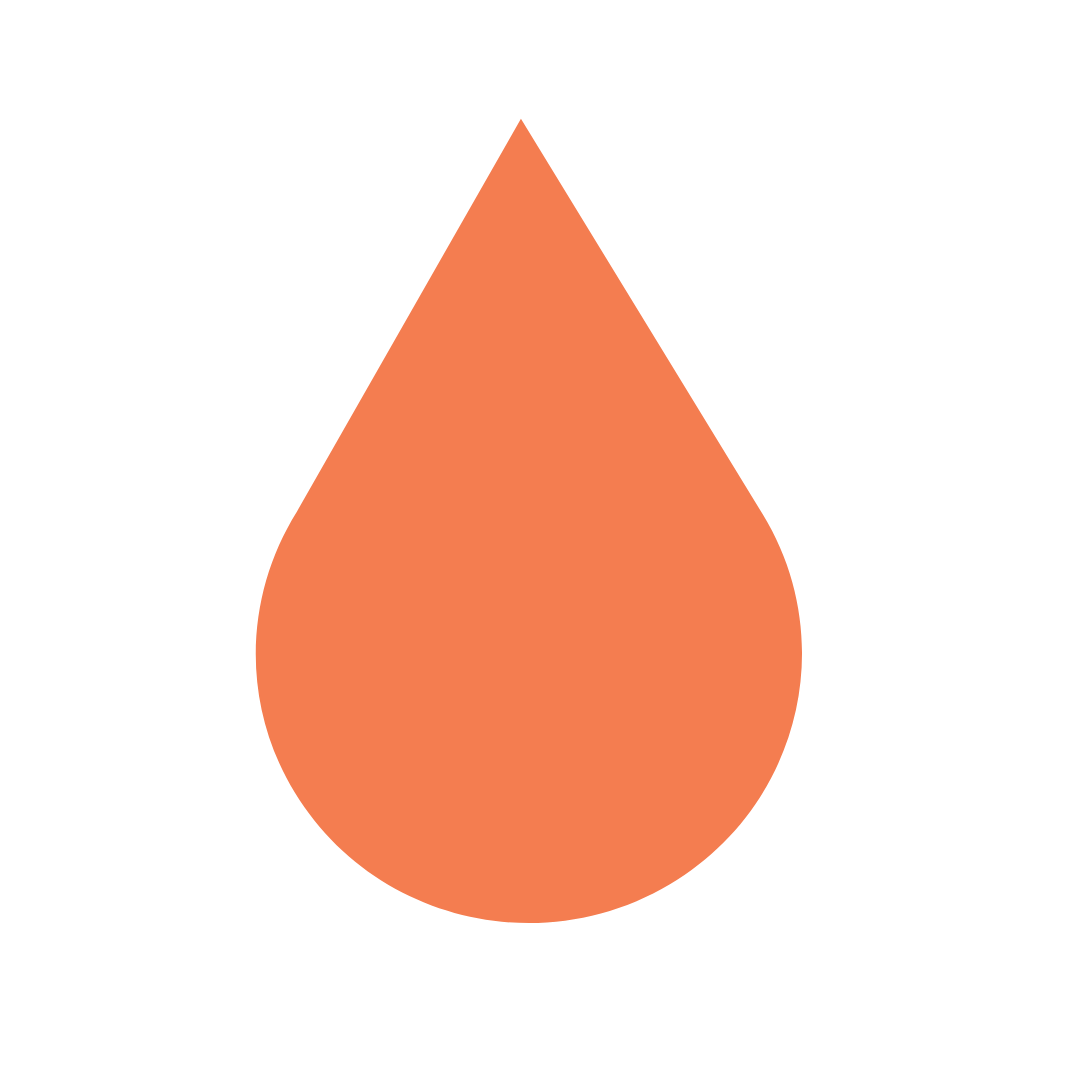
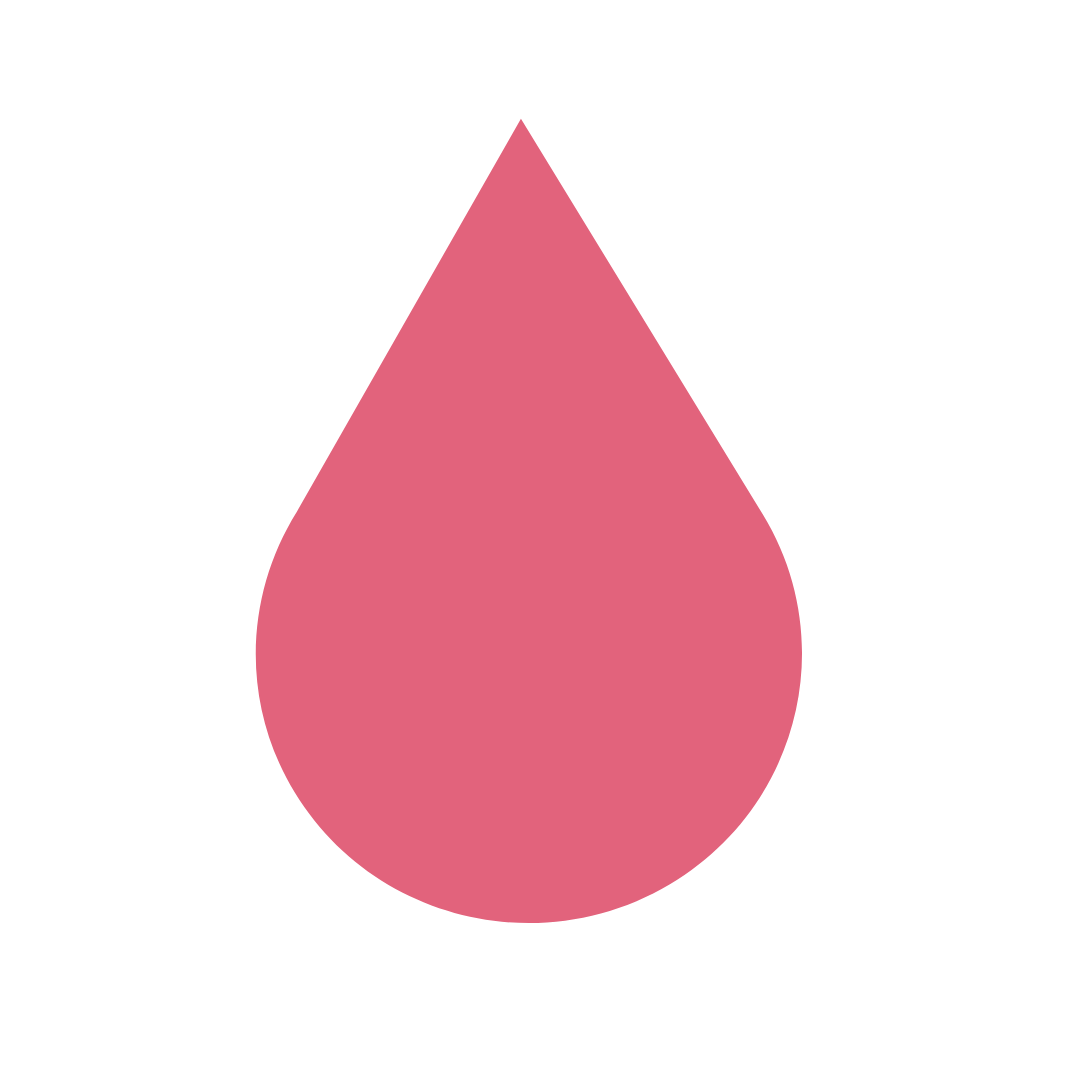
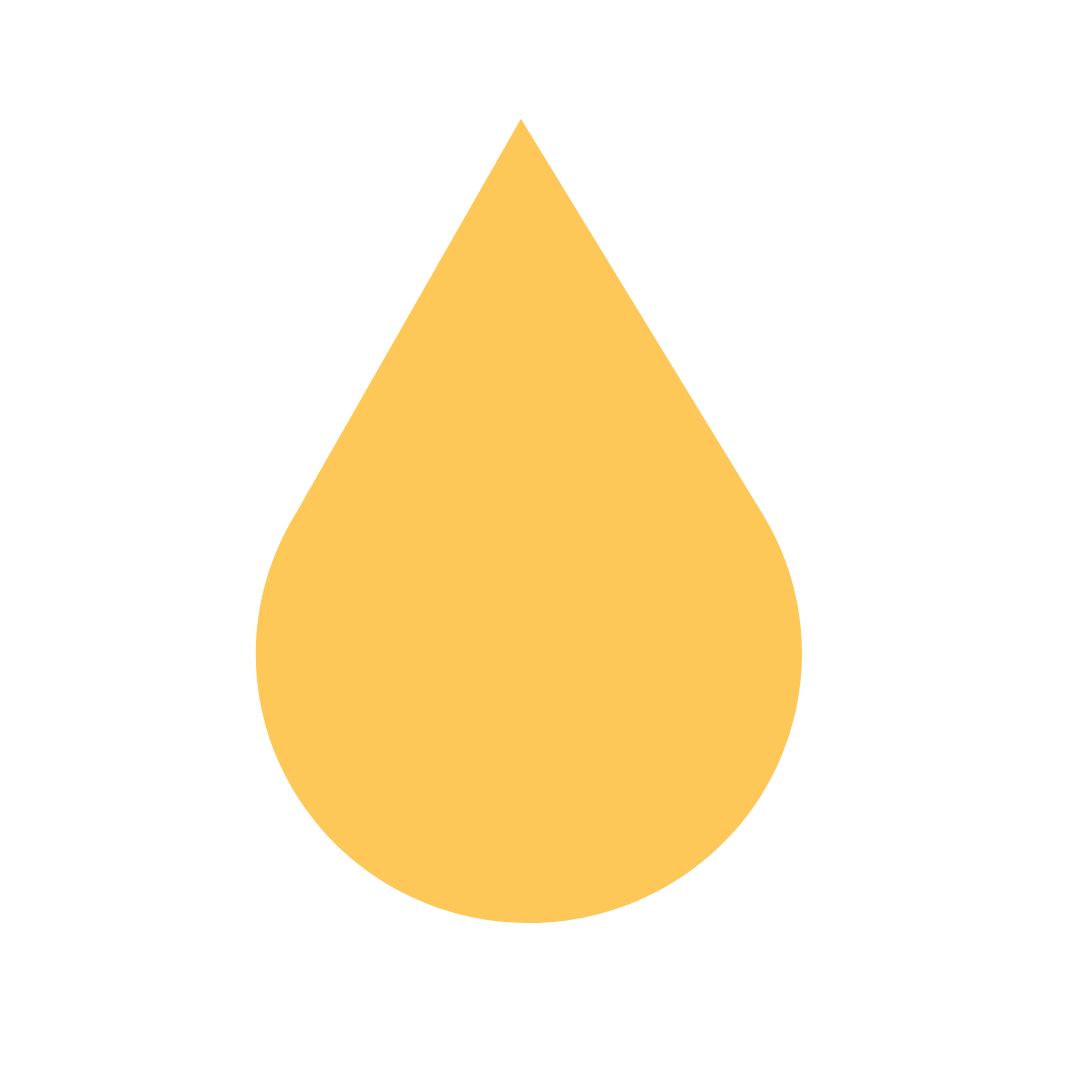
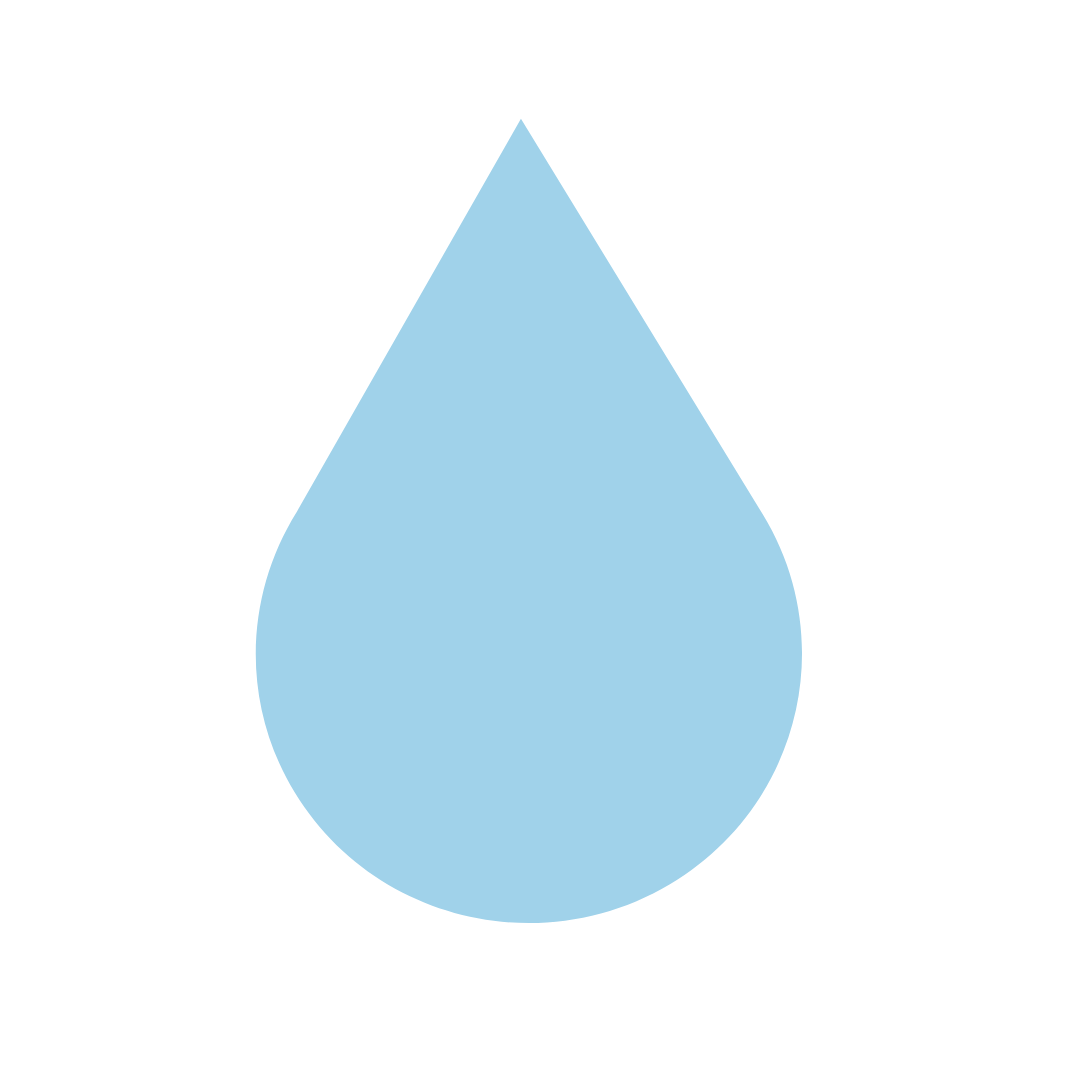


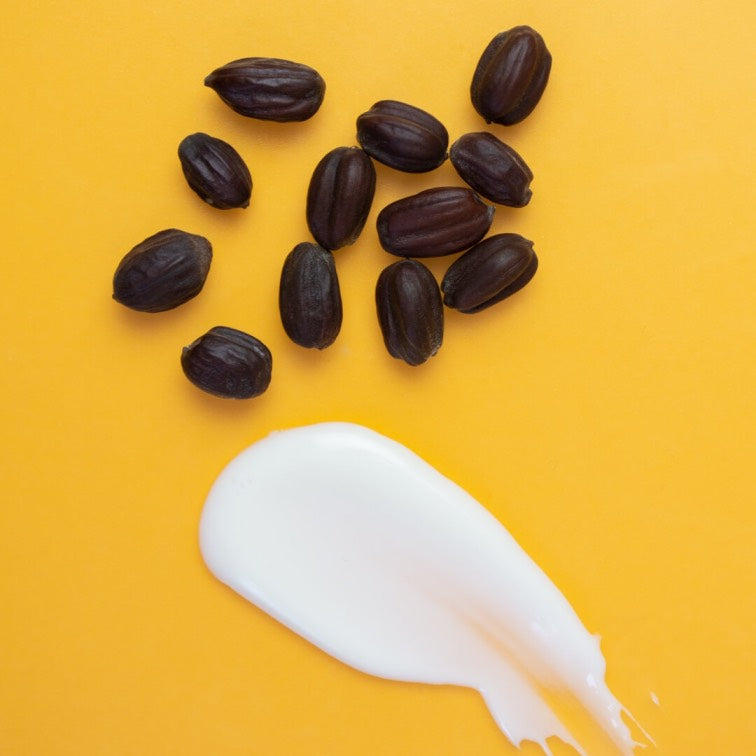
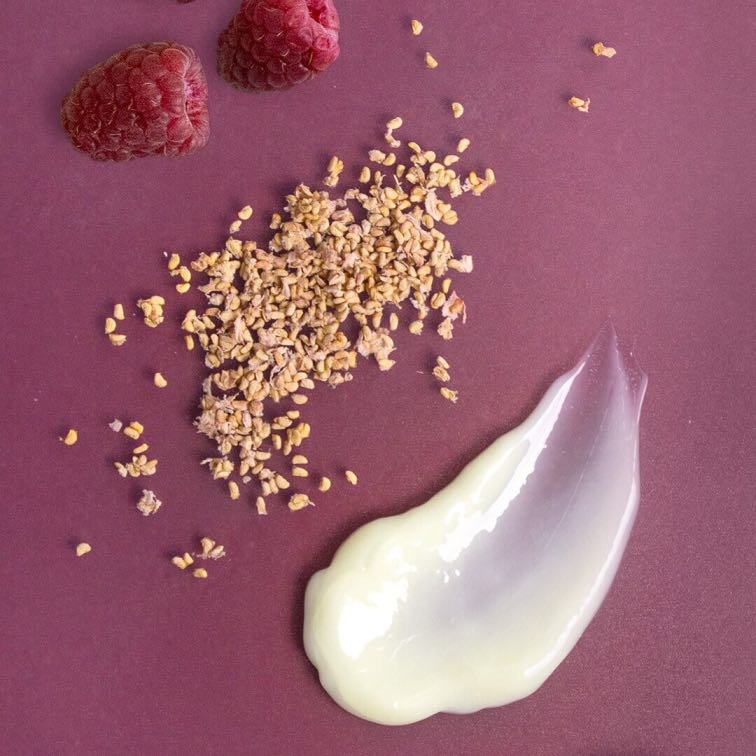
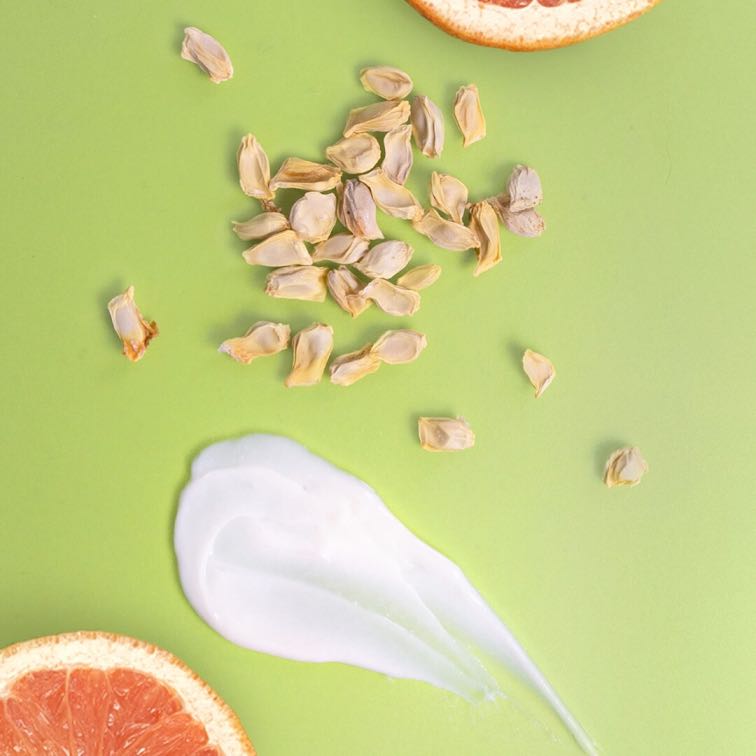








I appreciate all the knowledge you have shared. I am grateful for your insight.